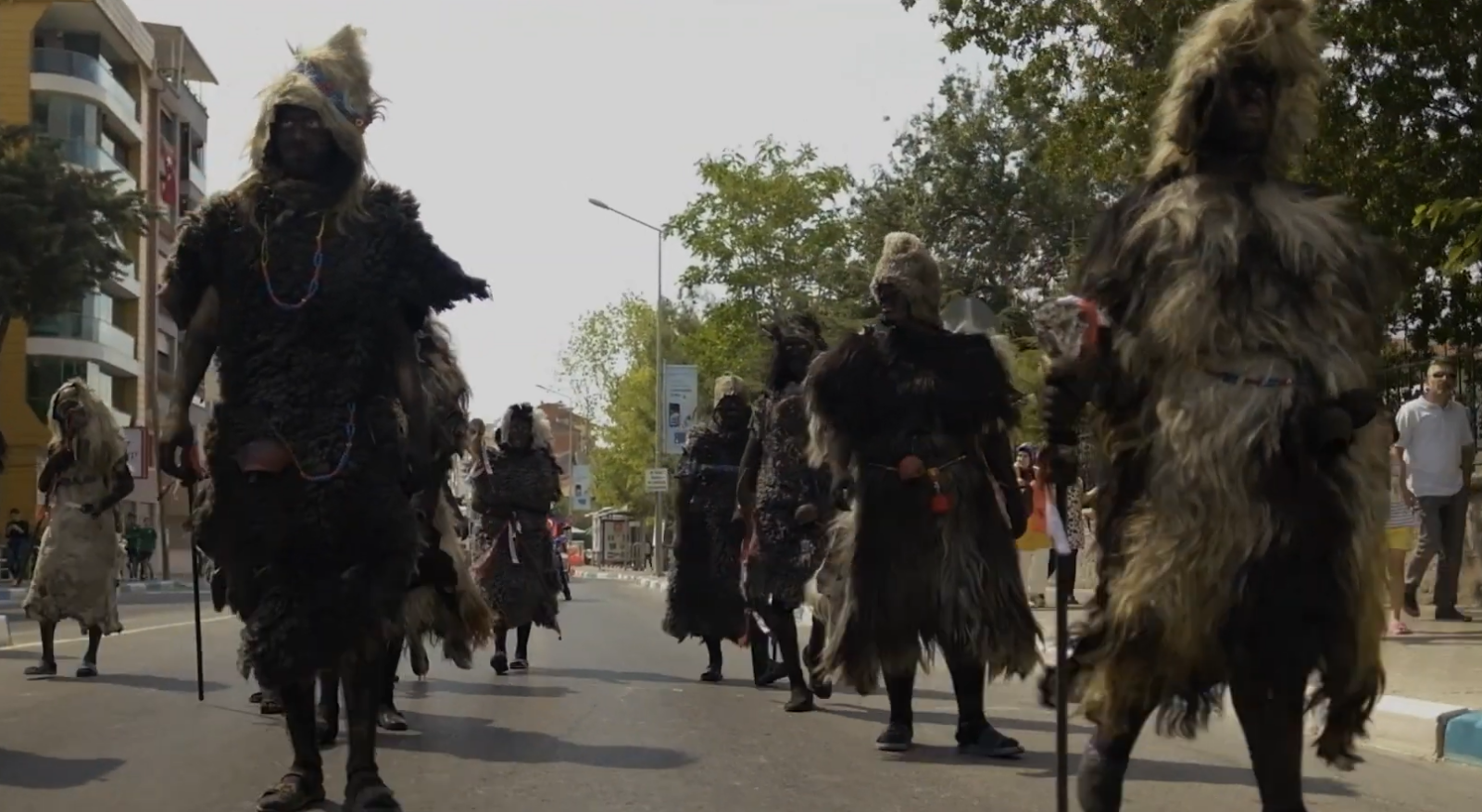Fearless Tulutabaks of Ottoman era: Symbols of resistance against Greek occupation
 Tulutabak, Immortal Heroes Mini Documentary Series, Türkiye, September 22, 2022 (Photo via Antalya Film Team)
Tulutabak, Immortal Heroes Mini Documentary Series, Türkiye, September 22, 2022 (Photo via Antalya Film Team)
During the Turkish War of Independence, Türkiye’s Balikesir became a symbol of resistance, largely due to the efforts of the Tulutabak.
These local heroes played a crucial role in challenging Greek forces and facilitating national meetings during the occupation years.
Adorned in goat and sheep hides, with added elements like horse tails and chimney soot, they created a terrifying appearance to intimidate Greek soldiers.
The term “Tulutabak” derives from “Tulu Kabak,” a traditional village performance from the Balikesir region. This name reflects the cultural heritage of the area and its unique traditions.

Balikesir’s strategic importance
Balikesir played a pivotal role in the early stages of the Turkish War of Independence. After the occupation of Izmir, the city hosted the first resistance meetings, sparking the initial flames of national struggle.
The city’s crucial role in the Turkish War of Independence, particularly its resistance against the Greek occupation, earned it the title of “Kuva-yi Milliye,” or “National Forces.”

Tulutabak’s resistance tactics
To thwart Greek forces and ensure the safety of resistance meetings, the Tulutabak employed ingenious tactics.
They wore goat and sheep skins, painted their faces black, and used bells and sticks to scare off Greek patrols during the night.
This strategy effectively diverted attention and ensured the continuity of the national struggle.

Cultural significance and performances
During ceremonial events, the Tulutabak form a circle, throw their sticks into the center, and perform a traditional Zeybek dance as a form of tribute.
This performance not only serves as a salute but also symbolizes community solidarity. Professor Hikmet Turhan Daglioglu highlighted that their strategy was not just about physical power but also about using intelligence and belief to achieve victory.
Studies on Tulutabak reveal their importance in Balikesir’s intangible cultural heritage. Research on the Tulu Kabak performance provides insights into the historical and technical aspects of this traditional practice, demonstrating its role in preserving cultural identity.

UNESCO recognition and cultural preservation
The Tulutabak are recognized as part of Türkiye’s intangible cultural heritage, as acknowledged by the United Nations Educational, Scientific and Cultural Organization (UNESCO). Their performances during Balikesir’s liberation celebrations highlight their historical significance and contribute to the preservation of cultural heritage.
The Tulutabak stands as a testament to Balikesir’s heroic past and continues to play a vital role in celebrating and preserving the city’s rich cultural traditions.



